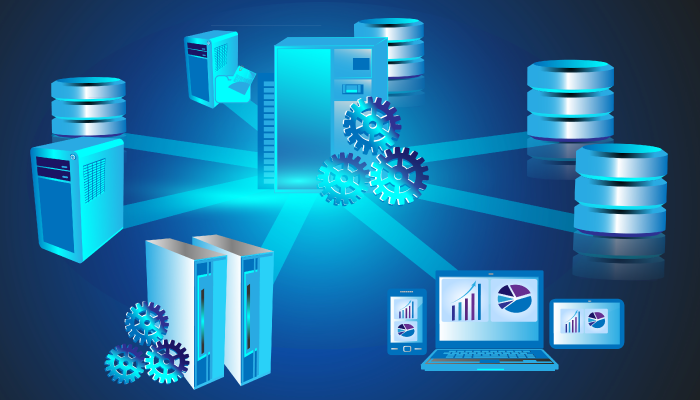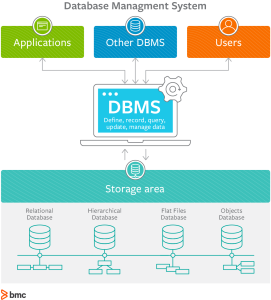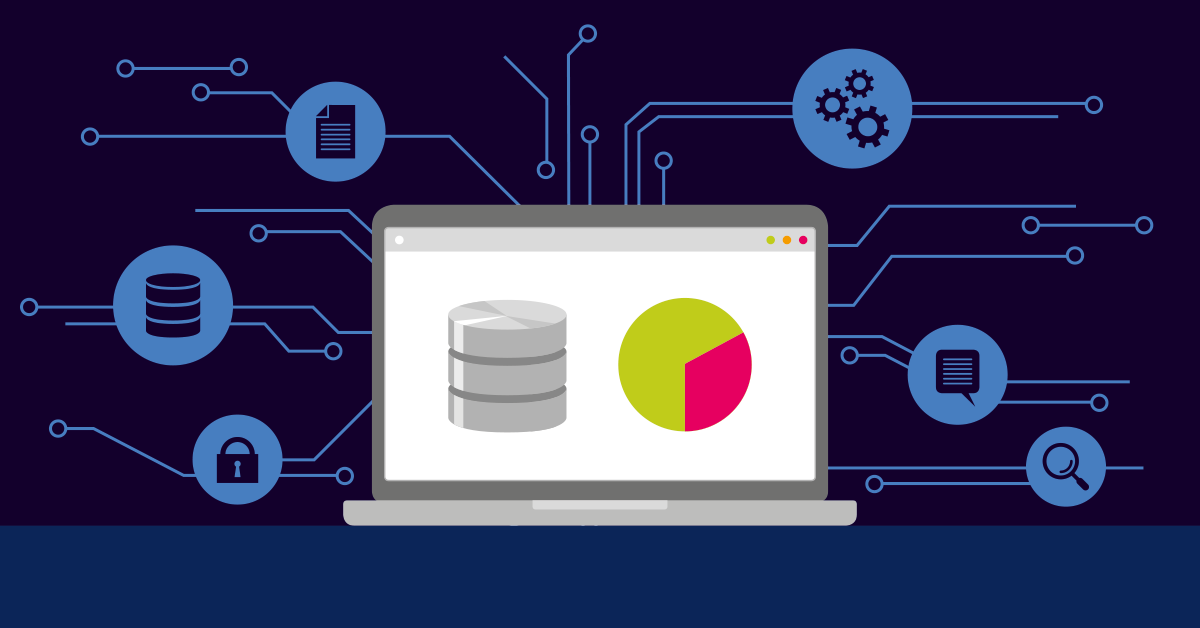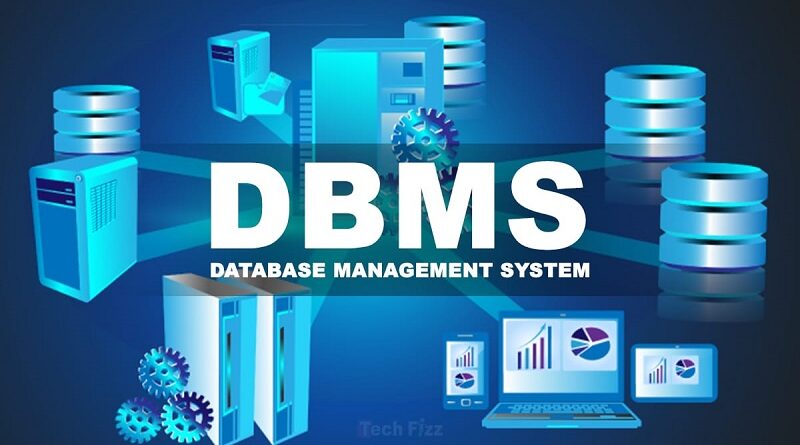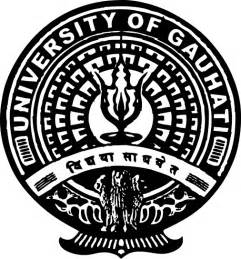Describe the three levels of data abstraction?
There are three levels of abstraction:
1. Physical level: The lowest level of abstraction describes how data are stored.
2. Logical level: The next higher level of abstraction, describes what data are stored in database and what relationship among those data.
3. View level: The highest level of abstraction describes only part of entire database.
Define the "integrity rules" in DBMS (Data Base Management System)?There are two Integrity rules.
1. Entity Integrity: States that "Primary key cannot have NULL value"
2. Referential Integrity: States that "Foreign Key can be either a NULL value or should be Primary Key value of other relation.
How is the data structure of System R different from the relational structure?
Unlike Relational systems in System R
1. Domains are not supported
2. Enforcement of candidate key uniqueness is optional
3. Enforcement of entity integrity is optional
4. Referential integrity is not enforced
What is Data Model?
A collection of conceptual tools for describing data, data relationships data semantics and constraints.
This data model is based on real world that consists of basic objects called entities and of relationship among these objects. Entities are described in a database by a set of attributes.
What is Object Oriented model?
This model is based on collection of objects. An object contains values stored in instance variables with in the object. An object also contains bodies of code that operate on the object. These bodies of code are called methods. Objects that contain same types of values and the same methods are grouped together into classes.

